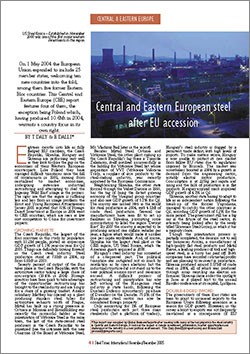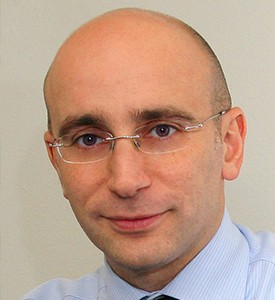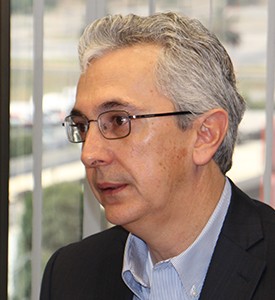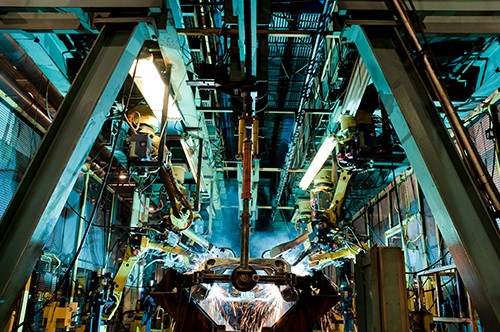
PUBLICATION
Central and Eastern Europe Steel 2005 STI Release
Eighteen months into life as fully fledged EU members, the Czech Republic, Slovakia, Hungary and Slovenia are performing very well as they look to close the gap on the economies of their Western European counterparts. Like Poland they have managed difficult transitions since the fall of communism in 1989, moving from centralized to market economies, undergoing extensive industrial restructuring and attempting to shed the lingering ‘Wild East’ image in the process. The signs are that the region is suffering less and less from an image problem: the Ernst and Young European Attractiveness Survey 2005 reported that 31% of Foreign Direct Investment in Europe in 2004 went to CEE countries, which are seen as low cost competitors to China for investment projects.













